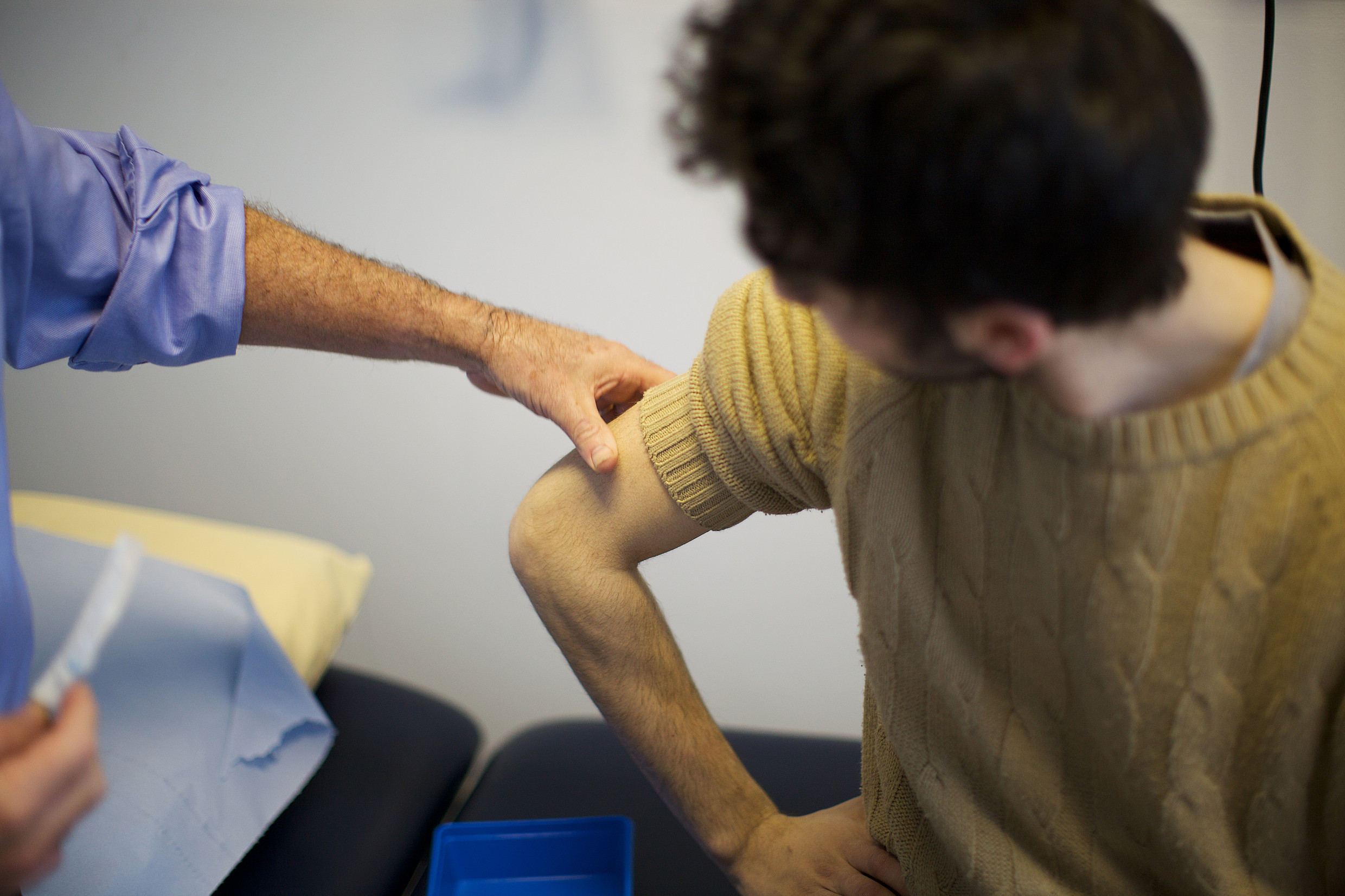
Last year the World Health Organization declared that the UK eliminated measles.
This is a huge achievement that is testament to the hard work by NHS health professionals over many years to ensure that children and adults are fully protected with two doses of the measles, mumps and rubella (MMR) vaccine.
Following this news, it may be surprising to hear that despite the UK achieving measles elimination status, there are currently a number of measles outbreaks around the country.
Elimination means that measles is no longer native to the UK. It does not mean that measles has disappeared.
Measles remains endemic in many countries around the world and there are currently several large outbreaks across Europe in countries where MMR vaccine uptake has been low. Until measles elimination is achieved globally we will continue to see importations of the measles virus to the UK.
This can then circulate and lead to outbreaks in communities and areas where MMR vaccination coverage is below the 95% needed to achieve herd immunity.
Vaccinating against measles
Measles is a viral illness that can lead to serious complications and even death. Before the introduction of measles vaccine in 1968, annual measles notifications ranged from 160,000 and 800,000, with peaks every two years. More than 90% of adults had evidence of previous infection and around 100 deaths from acute measles were recorded each year.
Following the introduction of the MMR vaccine for all children in 1988 and the achievement of 90% coverage levels, the number of measles cases and deaths fell to very low levels. To maintain control and to achieve measles elimination a second dose MMR vaccine was introduced as a pre-school booster in 1996. After these changes the UK interrupted endemic transmission of the illness.
High levels of media coverage and debate in the public eye about the now refuted link between MMR and autism led to a drop in MMR coverage in the late nineties, which took many years to recover.
Measles cases subsequently continued to rise nationally and in 2006 endemic transmission became re-established.
Since then, there have been regional and national catch-up campaigns to target age-groups where vaccine coverage was low that have helped to increase herd immunity in older age groups. This, combined with work to strengthen the routine MMR programme and reaching the World Health Organization 95% coverage target for the first MMR dose in 2017, led to the UK achieving elimination.
However, measles is one of the most infectious diseases known to man and so it can take only one person travelling back to an area with lower vaccination rates to cause an outbreak. Anyone who has not received 2 doses of MMR vaccine is at risk.
This is why we continue to urge all those eligible to get the MMR vaccine. Individuals of any age who have not received two doses of the MMR vaccine, or those who are unsure if they are protected should speak to their GP - it’s never too late.
As history teaches us, elimination can only be sustained going forward by maintaining and improving coverage of the MMR vaccine in children and by using all opportunities to catch up older children and adults who missed out when they were younger.
Learn more about measles and the MMR vaccine by visiting NHS Choices.
